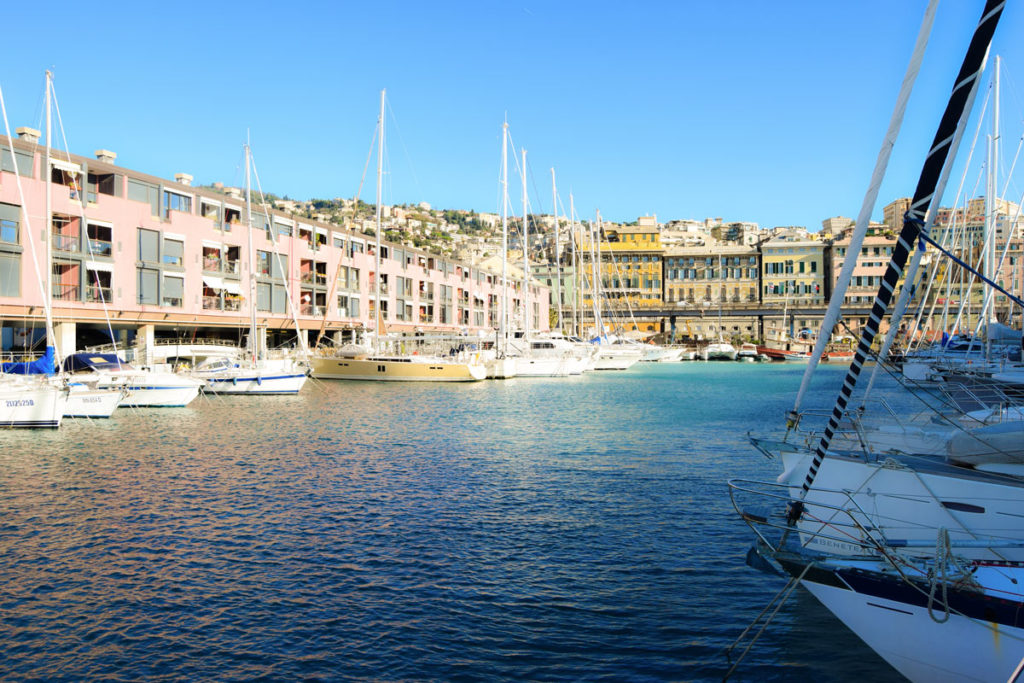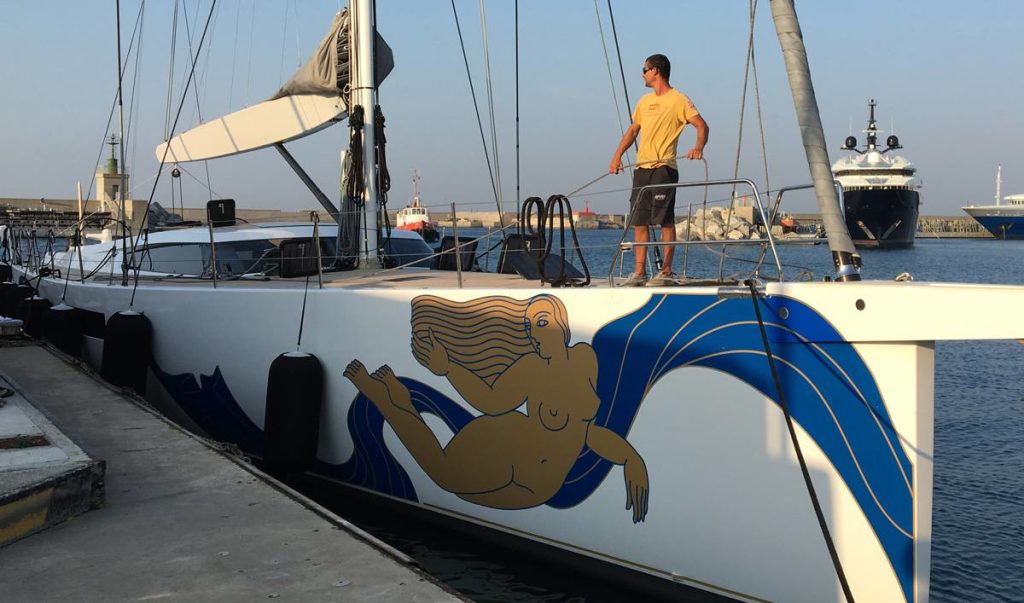Shouting, boats turning sideways, insults, and mutual accusations. Such scenes are often witnessed on marina docks during
All types of mooring approaches – Mediterranean style, with crosswinds, whether pushing towards or away from the dock, with currents… in all cases, these are general guidelines: every maneuver is different from another, even when performed with the same boat in the same location.
Therefore, it is essential to know how to handle situations not only from a technical perspective but also from a psychological one, and thus know which strategies to adopt to reduce anxiety and consequently remain more clear-headed and eliminate the possibility of making mistakes.
The golden rule, from which all other observations stem, concerns the need for preparation: knowing your boat and the mooring location, preparing the equipment, and ensuring the crew is ready and trained. If possible, it’s also good to always choose the easiest solution, without improvising on the spot, and be certain that everything has been calmly arranged: these precautions make our approach much more confident, resulting in reduced anxiety levels.
Whether it’s a sailboat or motorboat – unless it’s your longtime vessel – before maneuvering towards the dock, you must verify the responses you receive and evaluate its movements in confined waters: how it loses way and the turning effect of the propeller in reverse. By performing a 180-degree turn, you must evaluate how it handles at slow speed, how it responds to alternating reverse and forward thrust while trying to rotate on its axis, and what effect crosswinds have on the freeboard.
To prepare for mooring, the deck must be tidy, clear of potential hazards such as towels, glasses, sunscreen containers, and after-sun lotions. Having a portable VHF in the cockpit is very useful for communicating with the marina to receive instructions and request assistance if needed. Everything hanging on the lifelines should be removed for multiple reasons: it risks getting dirty from the mooring lines, it’s not appropriate to arrive at the dock with underwear hanging out, and furthermore, everything that’s hung out increases wind resistance: therefore, it’s important to close biminis and spray hoods in windy conditions, as they also limit visibility
It is essential to know the location where you’re maneuvering, and for this, there are pilot books or you can do a quick internet search. Based on weather conditions, if we can choose, we should aim for a windward dock, with the wind blowing as little as possible on the beam.
The crew must also be ready. A skipper, if not well-prepared, can generate confusion and contradictory orders. First of all, it’s necessary to identify people who can execute orders correctly. Additionally, it’s essential to explain in detail, before entering the port, what position each crew member should take and their precise roles. If necessary, demonstrate the positions to take and what to do by simulating the movements. Then, when action begins, we must give clear, sequential orders, indicating precisely who should do what. Even guests aboard should be considered part of the crew and, for the few minutes from port entry to docking, they shouldn’t wander around the deck blocking visibility and creating confusion. For non-operating guests, it’s advised to remain seated in the cockpit or below deck.
Finally, it’s important to prepare yourself. Only fools never change their minds, but drastically altering a maneuver at the last moment, especially in windy conditions, is never the best course of action. Therefore, the situation must be well studied, and you must clearly define in your mind the sequence of actions, starting from how to approach the berth, knowing how to use the propeller’s turning effect, how to counter wind effects, and which line to give to shore first or which to take.
Once everything is clear, both for the skipper and the crew and guests, all that remains is to proceed while accepting help from the professionals ashore, and not forgetting that the responsibilities of executing the maneuver and making decisions should not be underestimated.



